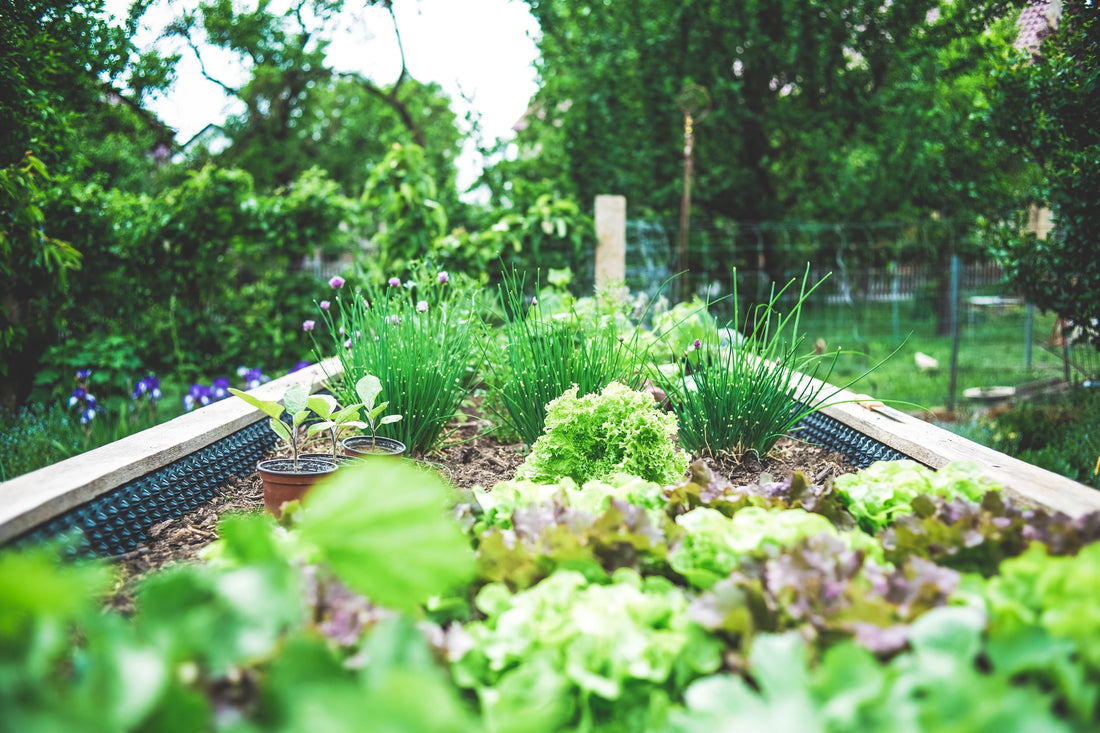Planting vegetables in the correct growing season is a significant determiner of success. Vegetables are generally separated into two categories: cool-season vegetables and warm-season vegetables. If you want a bountiful harvest, consider the climate where you live and the seasonal category of the vegetable. Creating a planting calendar is extremely useful for planning this.
What Are Cool Season Crops?
Cool-season vegetables, also called hardy crops, are best planted in spring or fall. These vegetables must mature during cool weather, or they will struggle and possibly go to seed before reaching maturity.
Cool-season crops are planted first in the spring, late summer, or early fall to ensure the best harvests. Many of these plants are frost-tolerant and can be planted before the last frost. Others must be planted after the last frost since they don't tolerate freezing temperatures. Cool-weather is okay for these vegetables, just not freezing. They are separated into two categories: frost-hardy crops and half-hardy crops.
The lowest planting temperature for cool-season crops is between 40-50F (5-10C). These vegetables prefer temperatures ranging from 70-75F (21-24C). As summer heat sets in and temperatures begin exceeding 80F (26C), cool weather vegetables will stop producing fruits. At this time, they will bolt or go to seed. Even those that do continue growing will lack in flavor and quality.
Cool Season Frost-Hardy Crops
These are the vegetables that tolerate frost and short freezes. The seeds of these vegetables will germinate in cool weather, and the seedlings will withstand frosts. Frost-hardy plants grow in daytime temperatures as low as 40F. They can generally be planted 2-4 weeks before the last expected frost. This date will vary based on where you live.
- Asparagus
- Broad Bean
- Broccoli
- Brussel Sprouts
- Cabbage
- Collard Greens
- Garlic
- Horseradish
- Kale
- Kohlrabi
- Leek
- Onion
- Parsley
- Pea
- Radish
- Rhubarb
- Rutabaga
- Shallot
- Spinach
- Turnip
Cool-Season Half-Hardy Crops
These vegetable plants will survive light frosts. Consistent hard frosts will either kill them or hinder their growth. Daytime temperatures for these vegetables should be between 40-50F, although infrequent lower temperatures are generally survivable. Plant these vegetables 1-2 weeks before the last average spring frost.
- Artichokes
- Beets
- Carrots
- Cauliflower
- Celery
- Chard
- Chinese Cabbage
- Endive
- Lettuce
- Mustard
- Parsnip
- Potato
- Swiss Chard
What Are Warm Season Crops?
Warm-season vegetables, also called tender vegetables, need to be planted after all danger of frost has passed. They cannot tolerate frosts or freezing temperatures.
These plants reach maturity during the summer months. If they aren't finished growing by the time cold weather sets in, they won't reach maturity. It takes planning to ensure that they are planted with enough time to reach maturity during warm weather. These plants need temperatures between 65F-90F.
Warm Season Crops
- Cantaloupe
- Cucumber
- Eggplant
- Muskmelon
- New Zealand Spinach
- Okra
- Pepper
- Pumpkin
- Snap Bean
- Sweet Potato
- Squash
- Sweet Corn
- Tomato
- Watermelon
What Month Do You Start a Vegetable Garden?
The correct month to start the vegetable garden depends on where you live. It also depends on whether you are directly planting all seeds into the garden or whether you intend to start seeds indoors.
You first need to figure out what USDA Planting Zone you are in. This is to ensure you are starting seeds at the right time for your climate. There are 13 planting zones across the United States. Many states have more than one zone, so be sure to check closely to make sure you know which one you are in.
If you are at all uncertain, contact the local agricultural extension office. Extension offices work with local gardeners, providing information and resources. They are a wealth of information.
Planting seeds directly in the ground as soon as the weather allows is a common gardening method. If you intend to start planting, then you need to make sure you know when each vegetable should be started. Another option is starting the seeds indoors. Seed-starting gives the gardener a head-start



